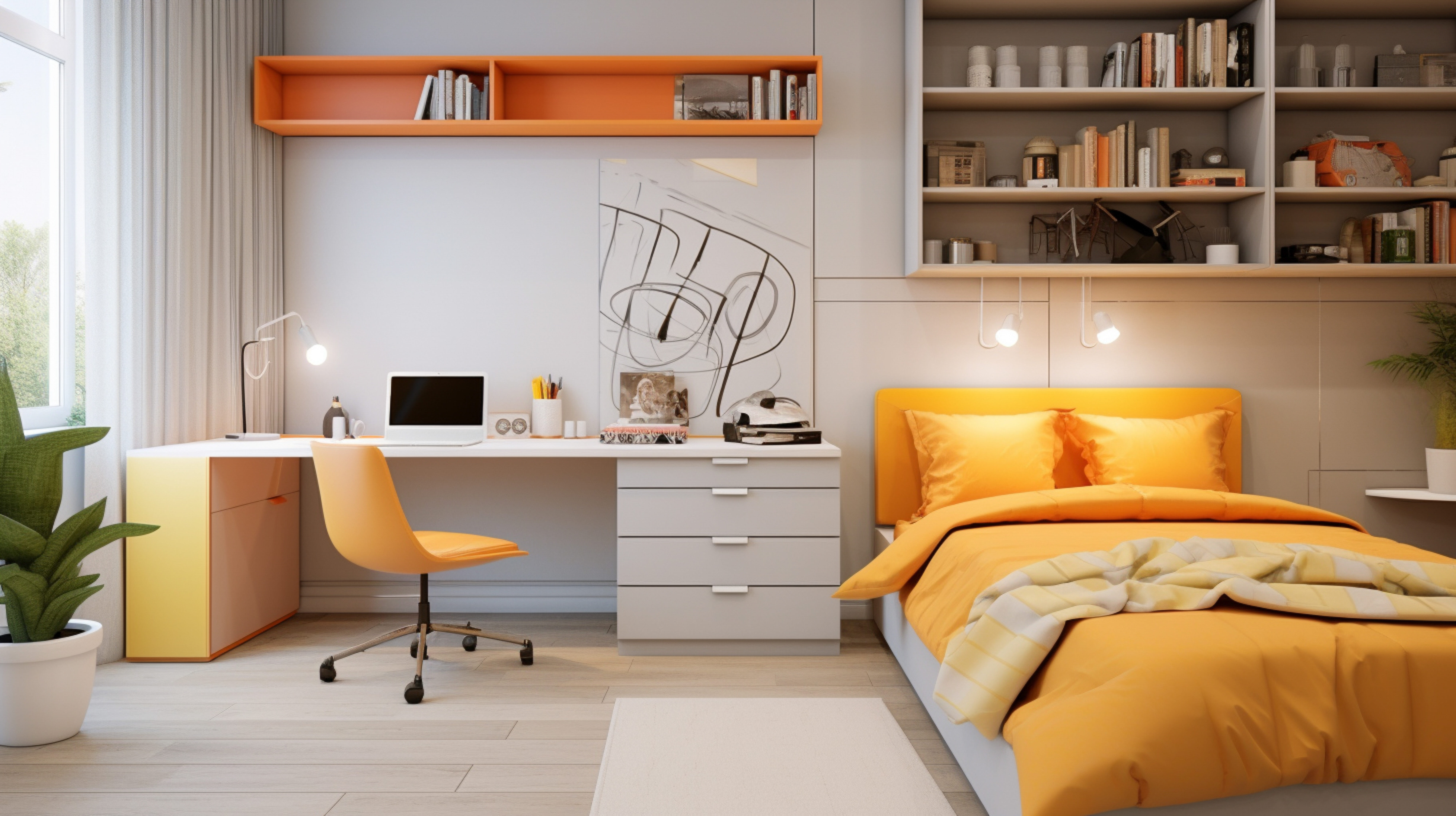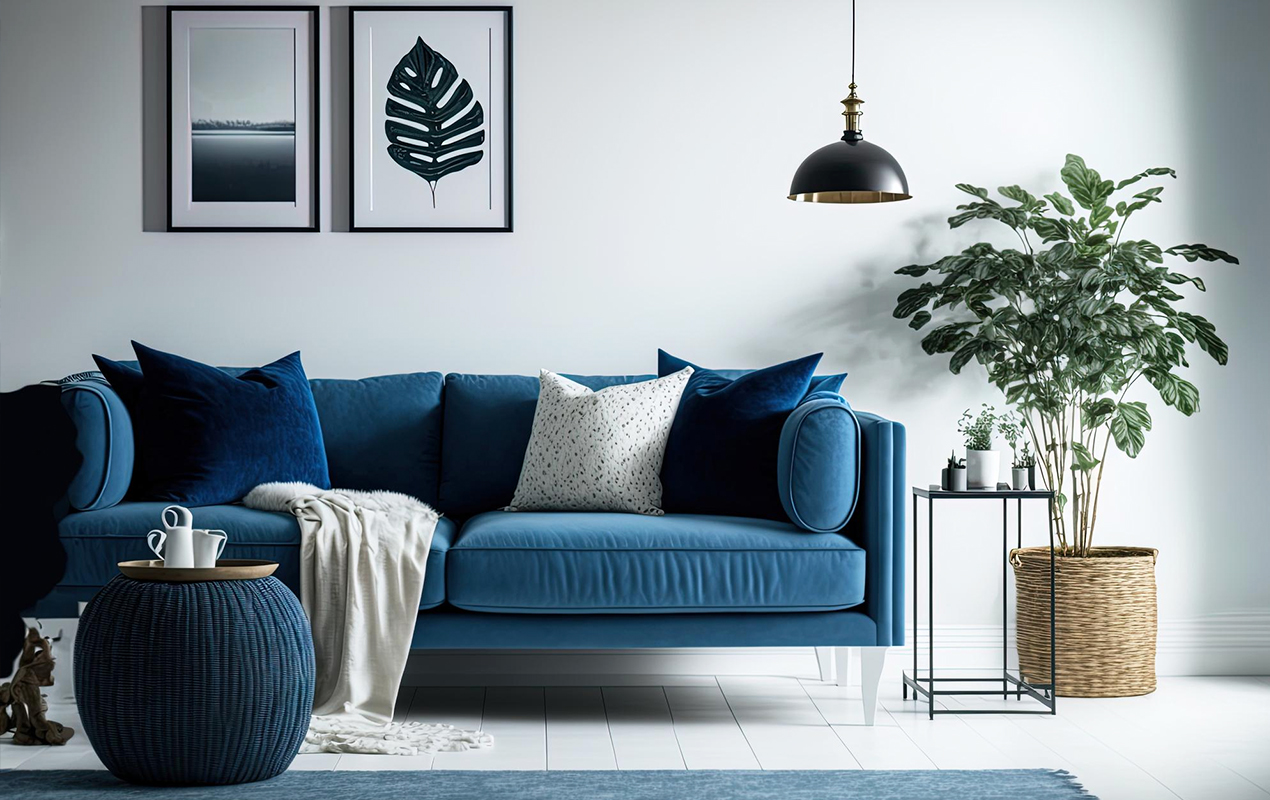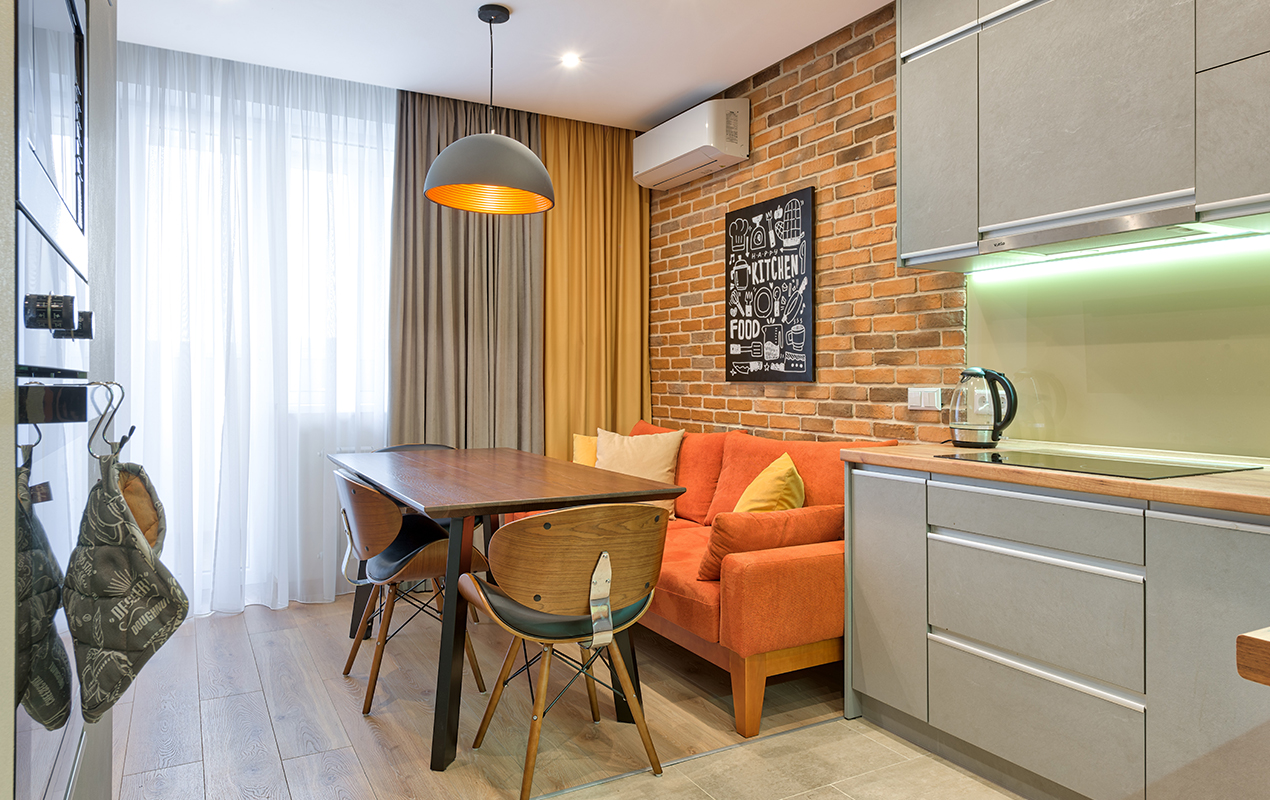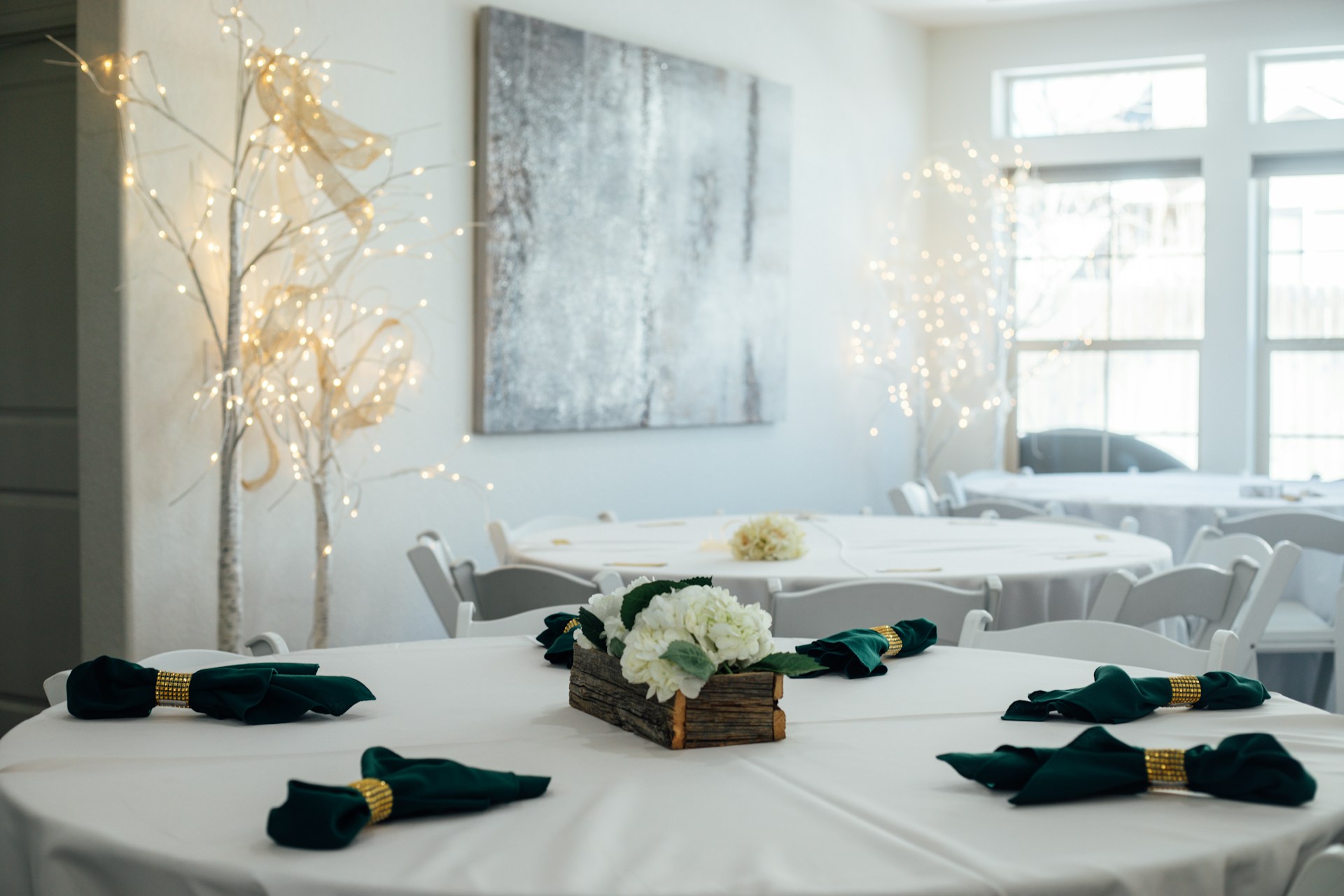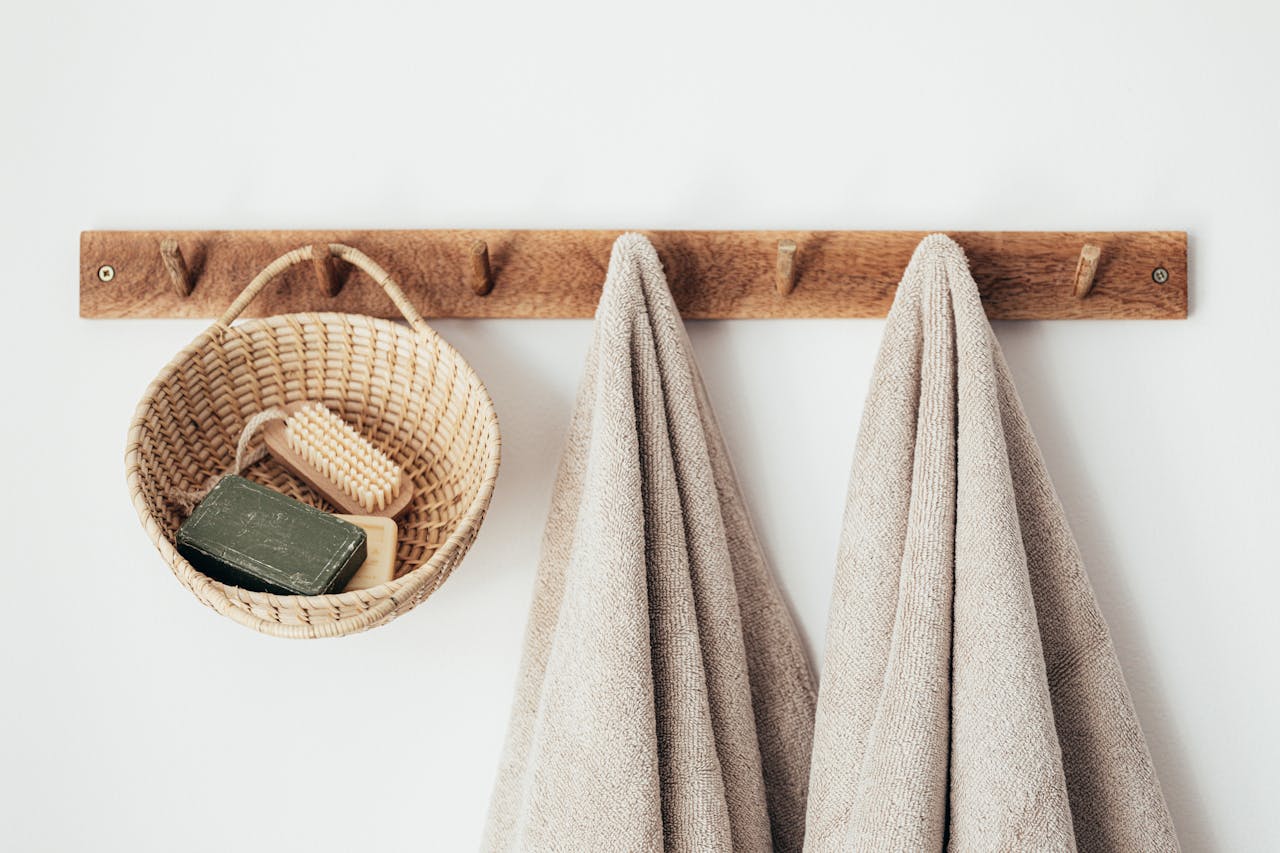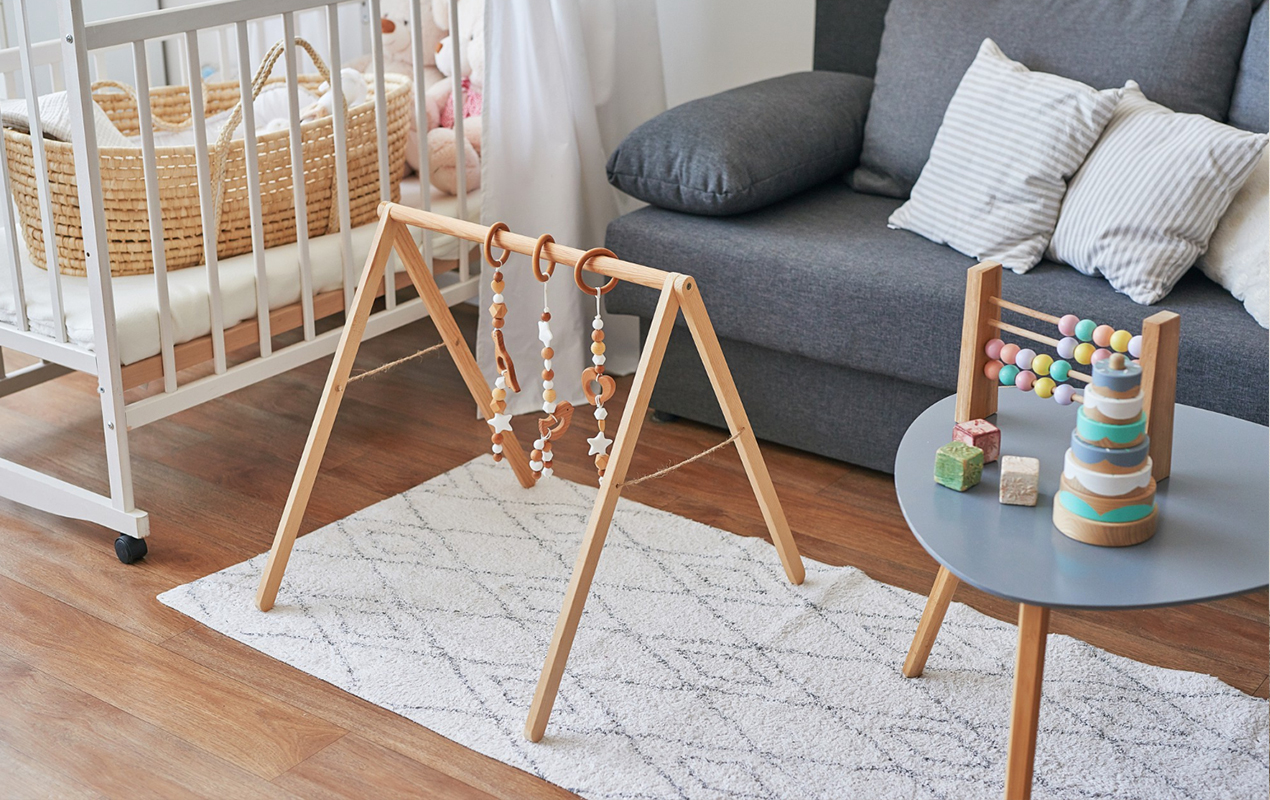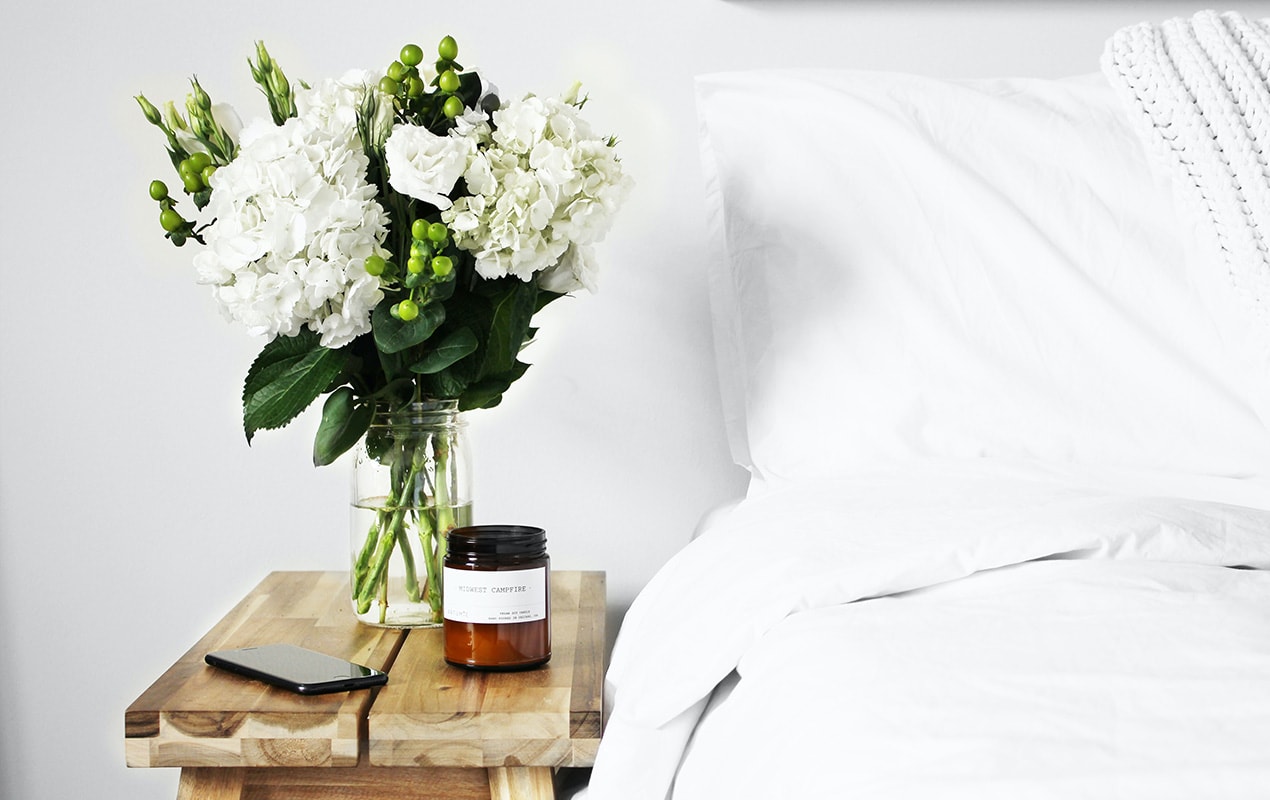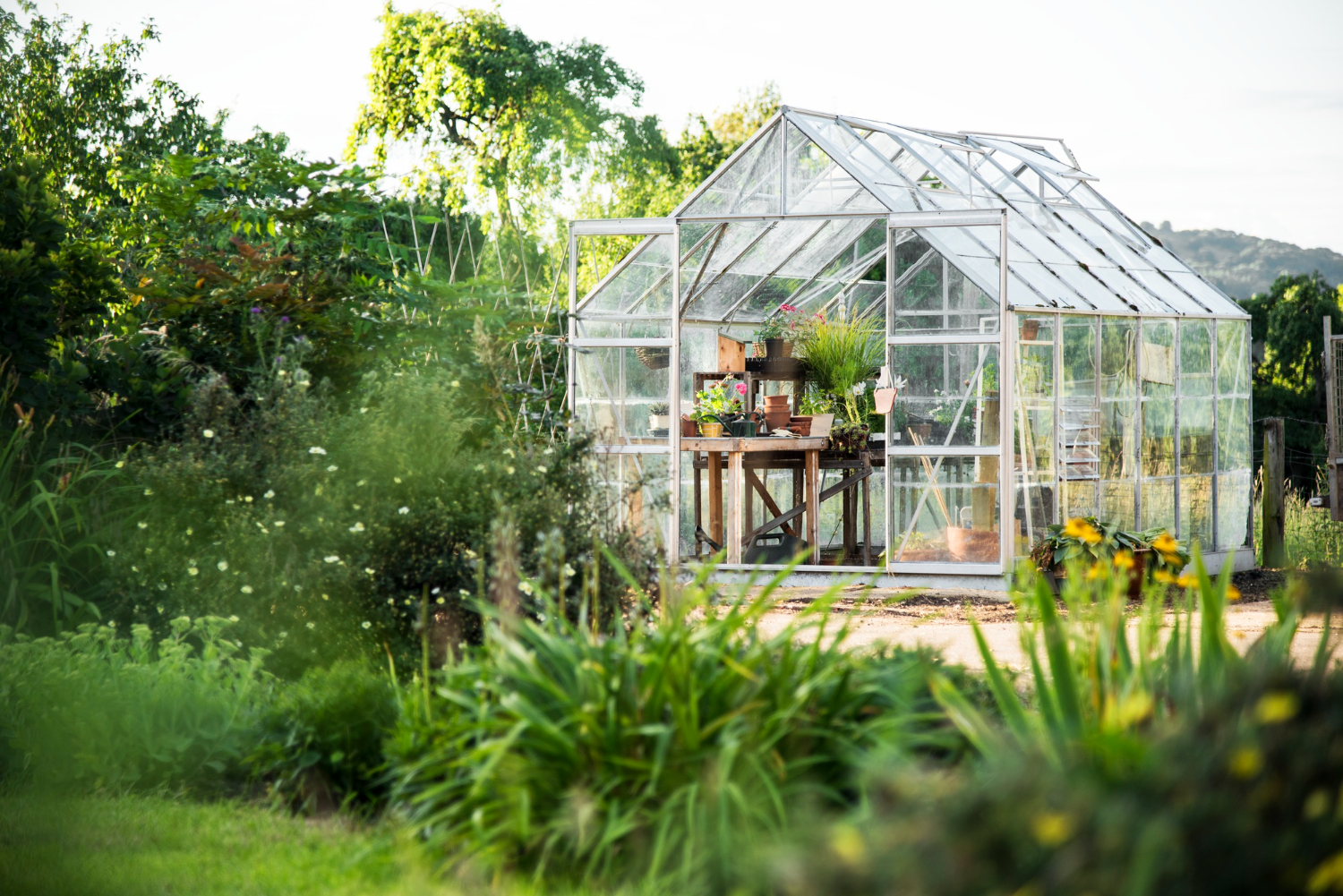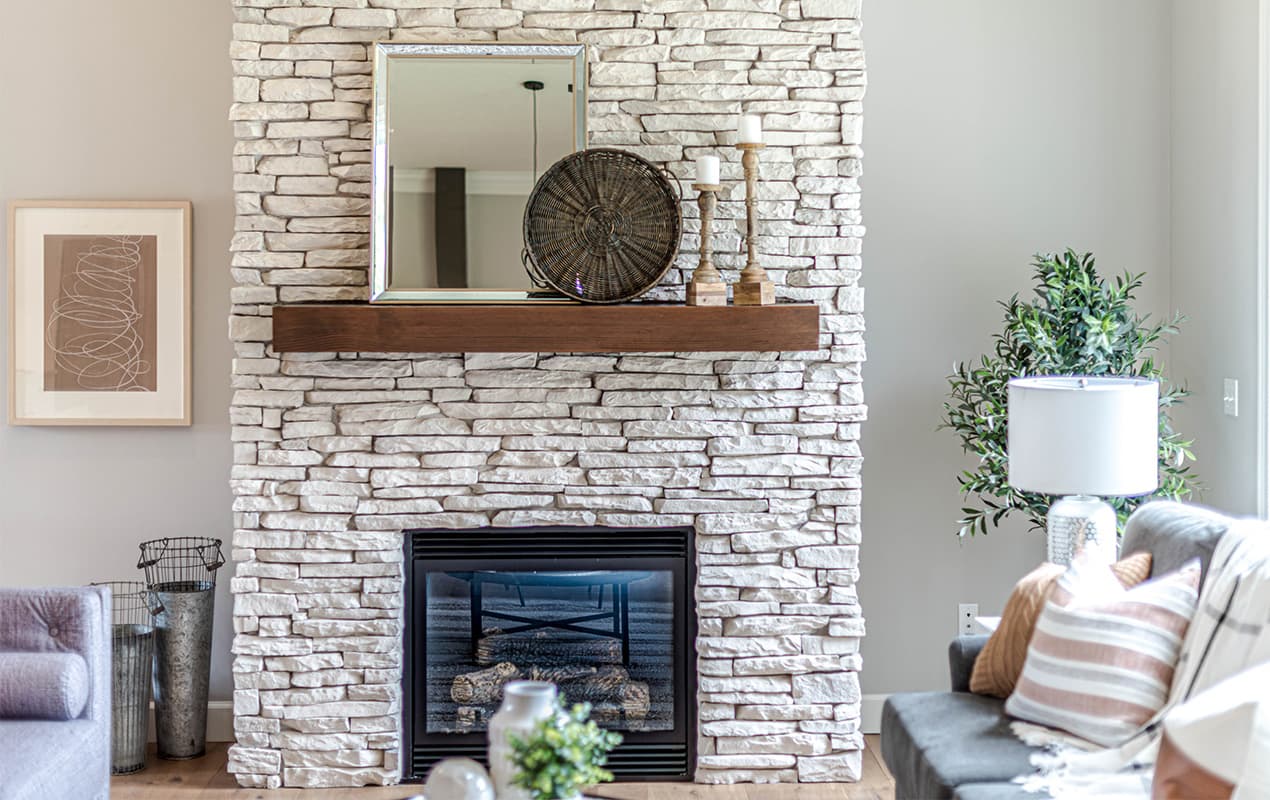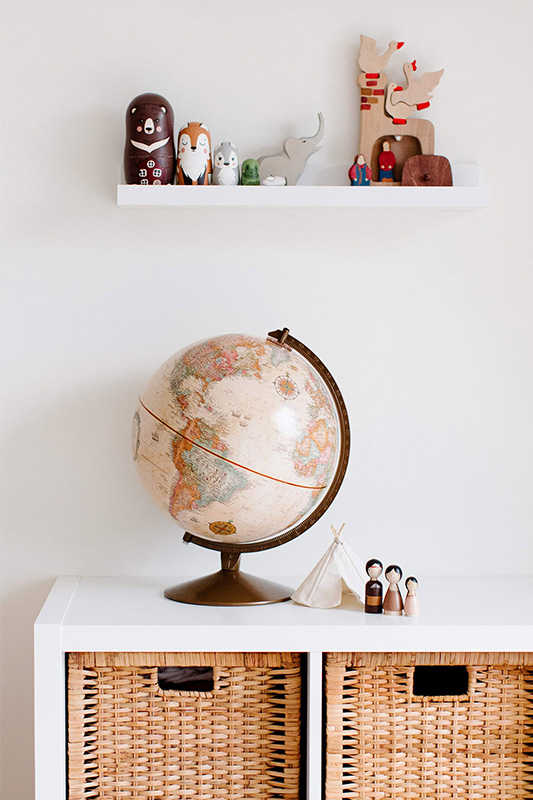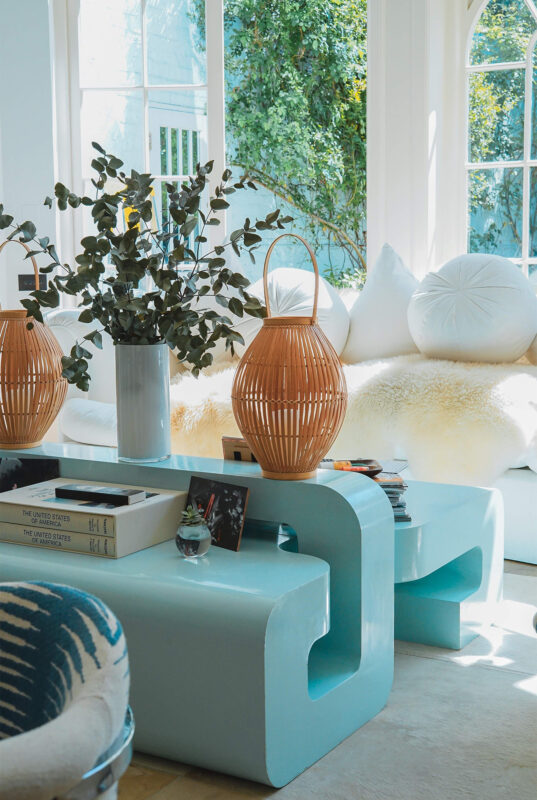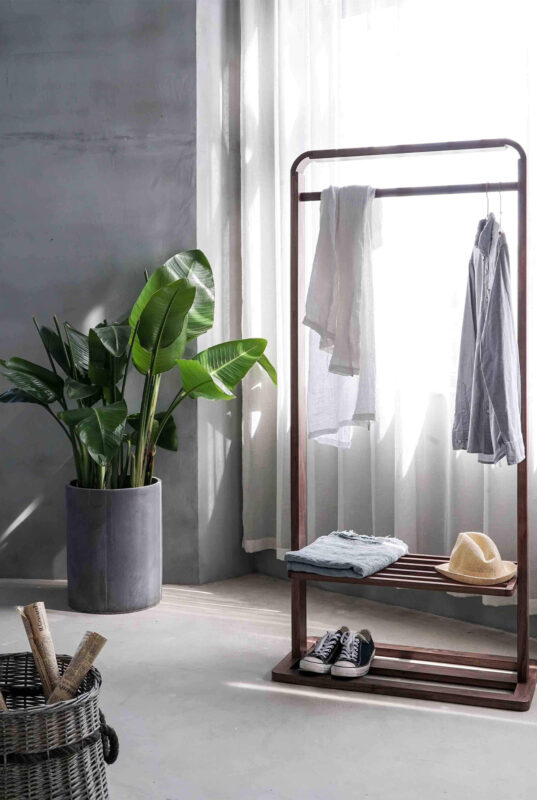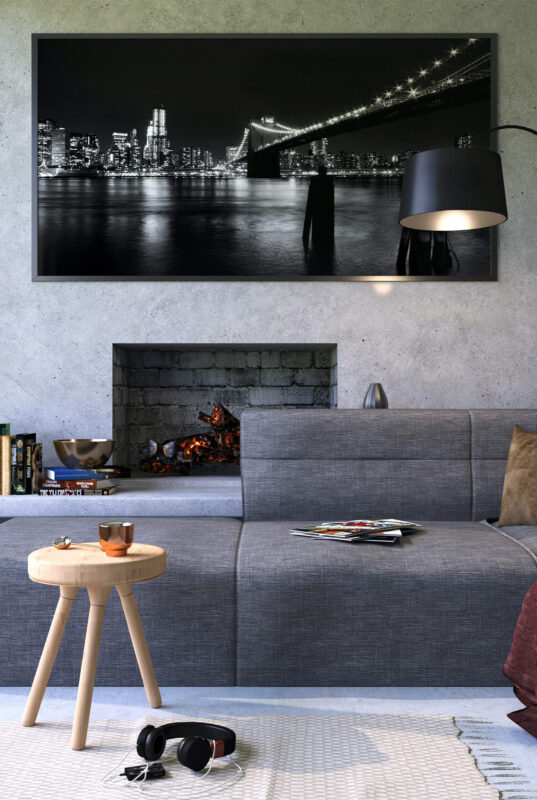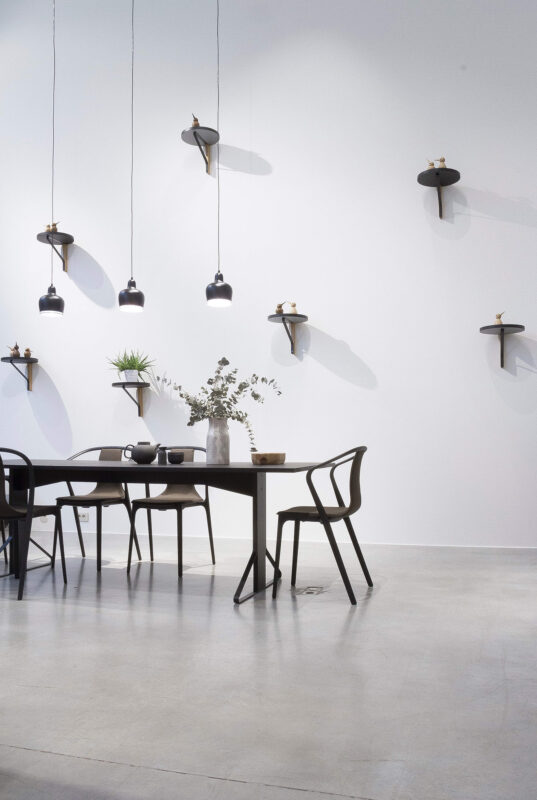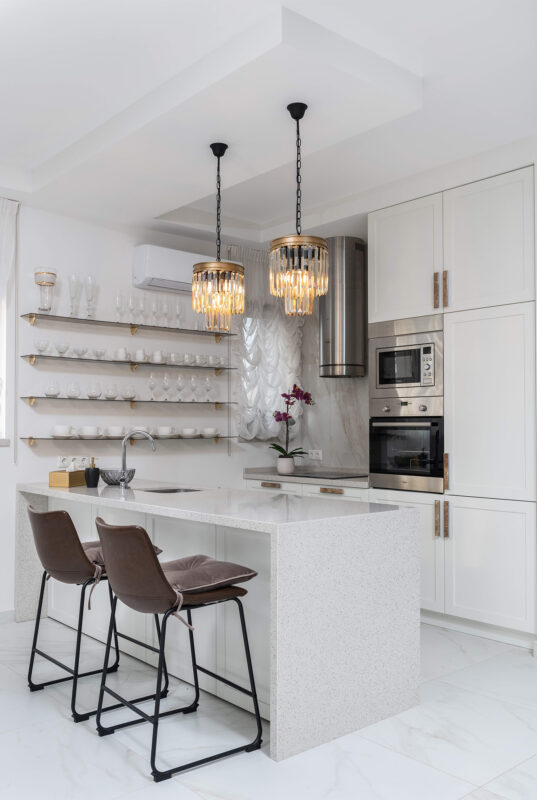Blog
Interior Design Styles: A Guide to Find The Perfect Home Aesthetic
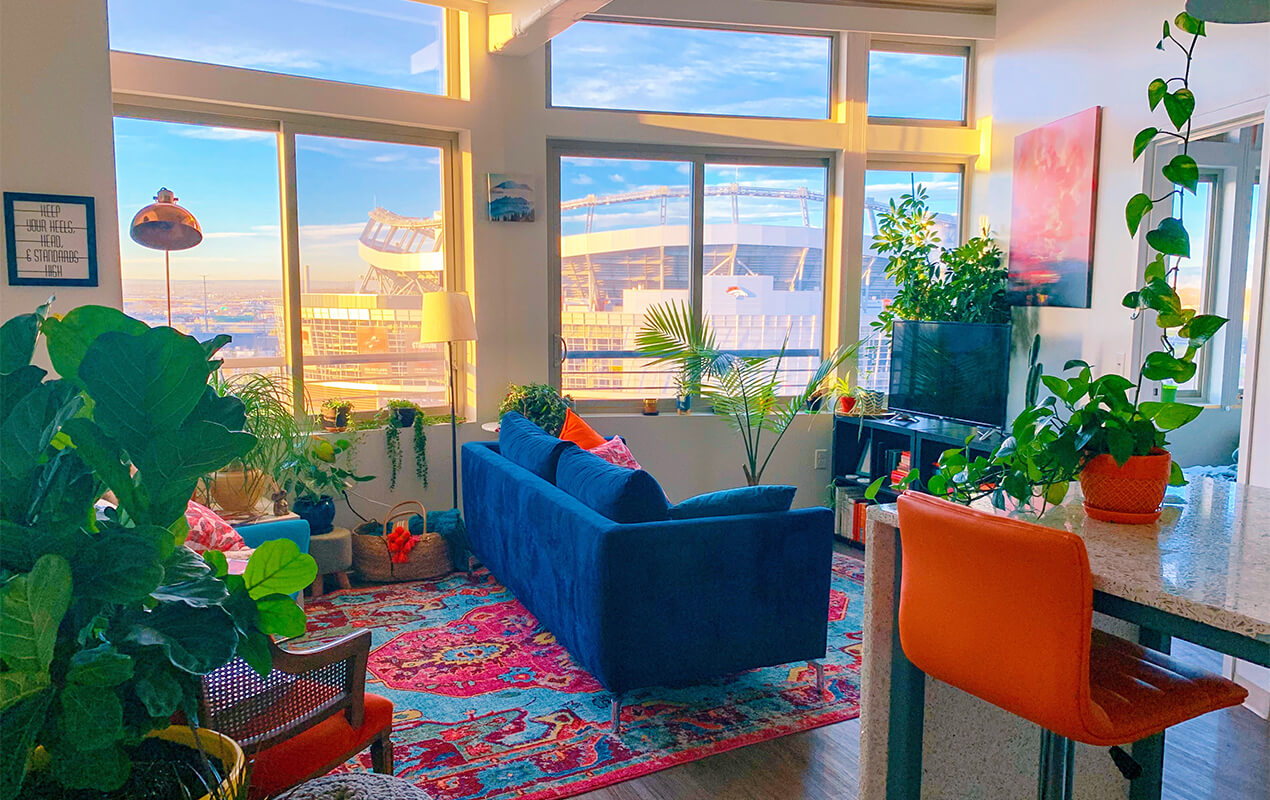
If it’s your first time leaving the nest and moving into your own place, or you’re building a home with your significant other, chances are, you’ll have different furniture and decor styles to blend. It may seem impossible to mix pieces from multiple generations and conflicting styles, but with our interior design styles, tips, and tricks, you’ll be able to create a cohesive look that will make you feel at home in no time.
1. Choose a Neutral Backdrop
Warm neutrals like beige work excellently as a base for blending styles, especially darker tones. To avoid sensory overload, the trick is to choose a dominant hue per room and then pick pieces that fit in with that hue. Not every chair, pillow, or decór item has to have the same style – sometimes less is more! They can create a cohesive look that ties everything together as long as they complement each other and fit in with the neutral background.
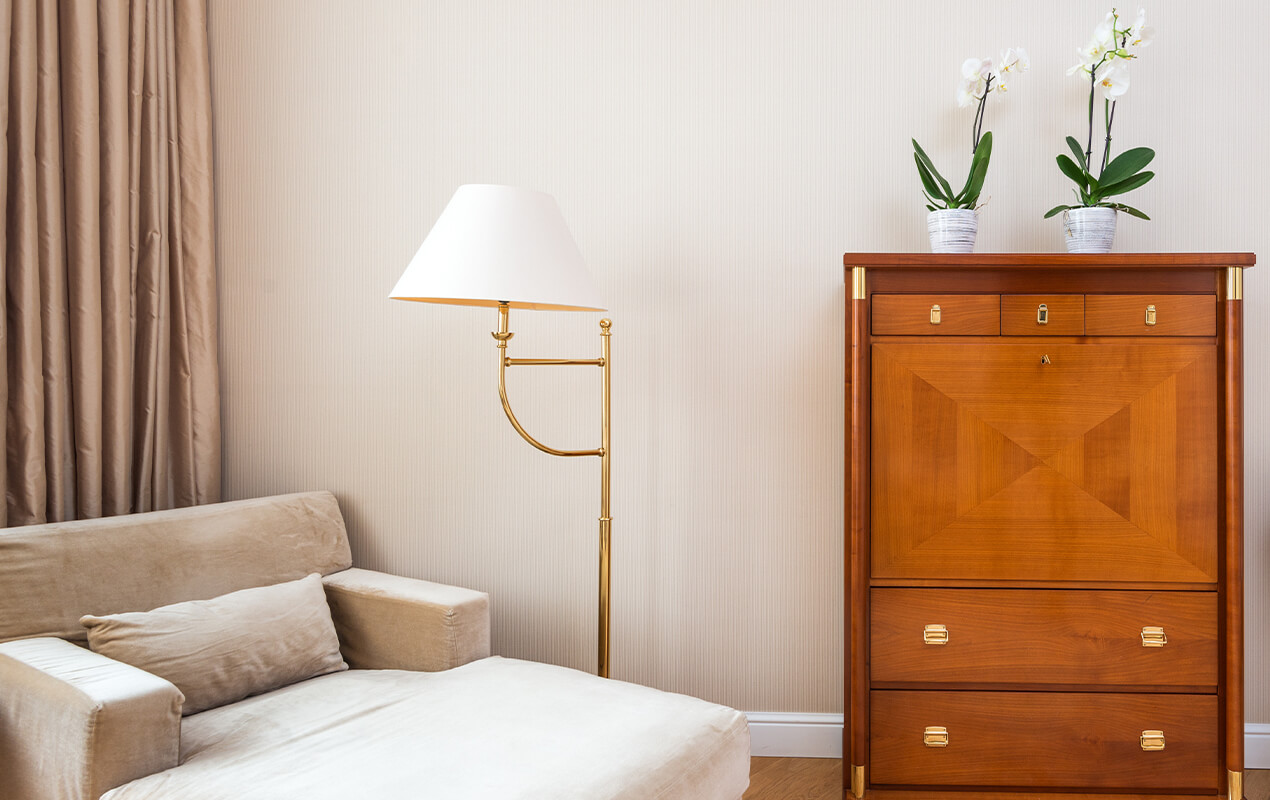
Insight – Go Bohemian: Rather than trying to fuse the concepts of two or more disparate styles of decor, why not embrace the fundamentals of Bohemian chic, which is a melting pot of influences by nature?
Related Article: Great Bohemian Interior Design Tips for this Year
2. Interior Design Styles: Don’t Divide a Room
Building on the previous idea, try to avoid dividing rooms into different styles. Contemporary and traditional styles can blend if done correctly. Also, avoid grouping similar items together in one space, like a floral corner. You can achieve more balance when combining different style elements in every room.
3. Come Up With a Color Palette
One of the easiest ways to create cohesiveness is to stick to a color palette throughout your home. If you work with specific colors, you can easily blend in a few stand-out pieces as an unexpected touch. Elegant wallpaper borders can be particularly effective for tying together different design elements while adding visual interest to your walls.
They allow you to introduce complementary patterns that can bridge traditional and modern aesthetics without overwhelming the space. Assess your existing furniture and decor style, then identify your absolute must-haves to get some color inspiration for an overarching theme. Pick three primary colors: the walls and floors should dominate the first color, while your furniture color should come in second. The third color can cover about 10% of the room through accents and decór.
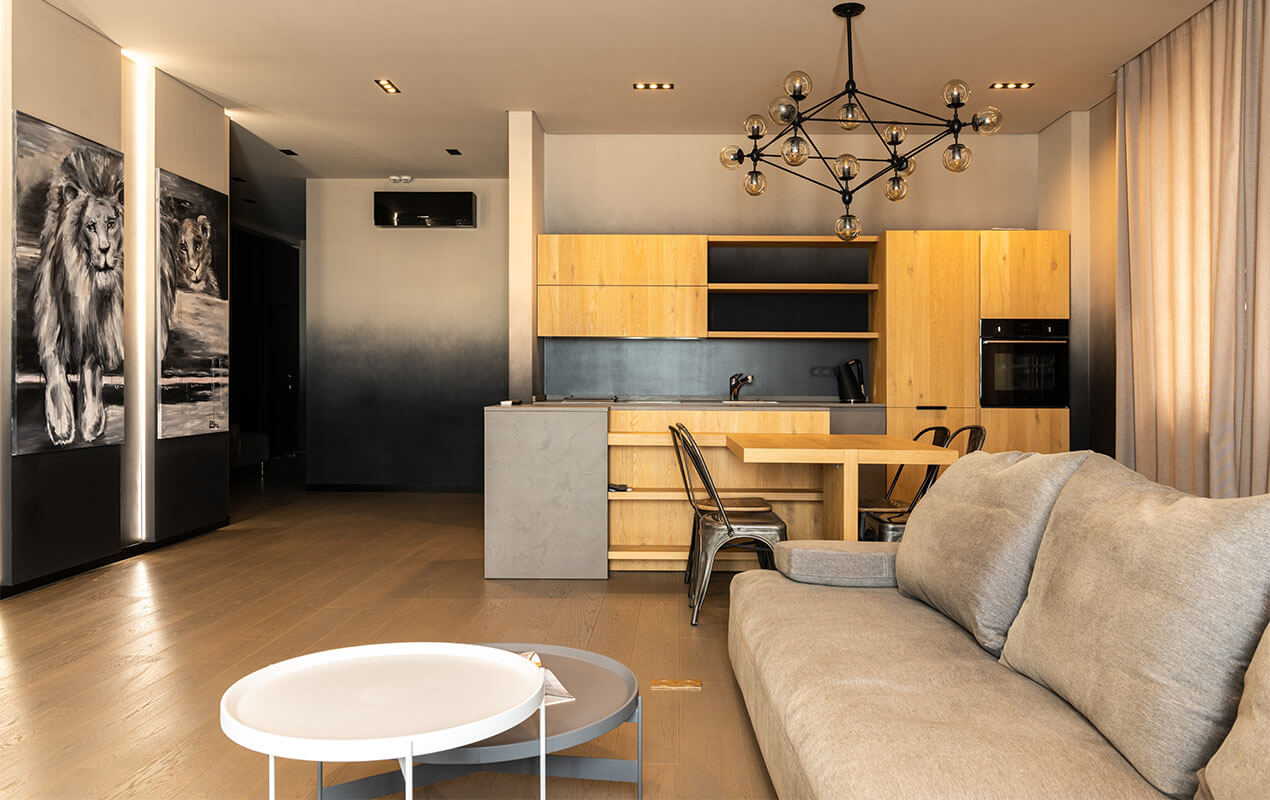
Insight – Be Fearless: Things might not make sense on paper that do make sense to your eyes in practice, so don’t follow conventions too closely and discover your ideal result in real-time.
4. Combine Similar Shapes and Patterns
Ultimately, your goal shouldn’t be to create a homogenous look, but rather to ensure that each piece fits into the bigger picture. Repeating patterns, textures, and shapes throughout the house allows different styles to blend harmoniously. Simply mix similarities in furniture pieces, wall decor, flooring patterns, and textiles subtly to achieve visual interest and a more cohesive look.
5. Interior Design Styles: Avoid Themes
Many styles define people’s homes, from shabby chic to vintage and modern. When blending different styles together, work with pieces or details that you absolutely love and try to work around those instead of focusing on specific themes. Instead of following certain design rules, create a unified look by highlighting your absolute must-haves.
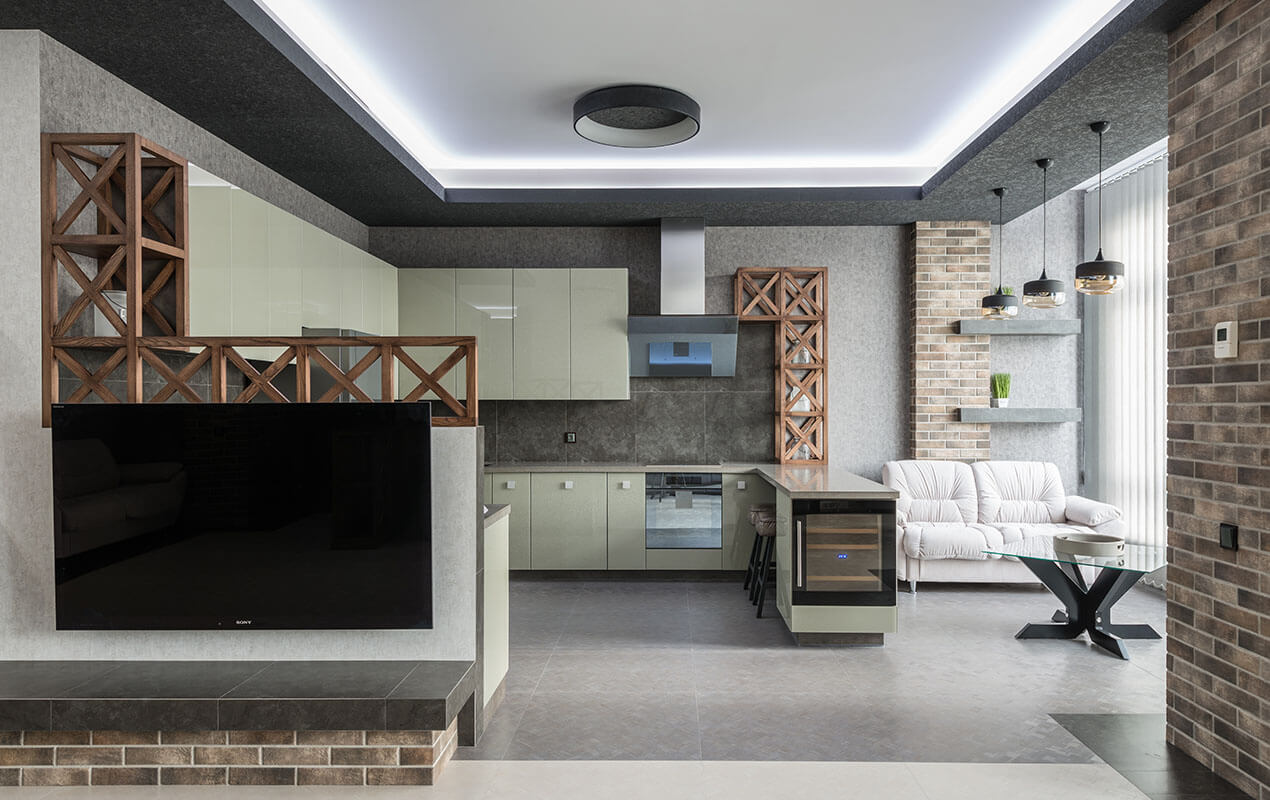
6. Upgrade Old Furniture
If you’re a newlywed, you’re probably bringing in a mix of inherited furniture, travel purchases, and personal items. Sometimes, the best way to blend different styles is not by eliminating pieces but by updating them. The cheapest way to do that is by using color; painting a vintage console or coffee table in a neutral color that blends in with the rest of your furniture allows you to keep a beloved piece while helping it match the style of the rest of your home.
Also, opting for a new mattress or pillows can be a cost-effective way to updating your queen-size bed and transform the appearance of your bedroom. By choosing bedding in coordinating colors and patterns, you can effortlessly complement the rest of your decor and create a cohesive look. This simple step can enhance the comfort and functionality of your bed. Plus, you can give your furniture a new lease of life by doing so – almost as if you have purchased something brand new!
7. Carve Out Individual Spaces
Even if you’ve moved in with your partner to be closer to one another, everyone needs some personal space and time alone each day. That’s why it’s a great idea to carve individual space in your new home, a place that you can decorate entirely to your liking. Whether you want to create a mini library with bean bags and a journaling nook or a plush green garden haven, this space doesn’t have to blend styles and can, instead, be a refuge for just you alone. Perhaps this is an office, a desk, or a nook. However big your apartment or house, try to find a spot that’s meant for just you alone.
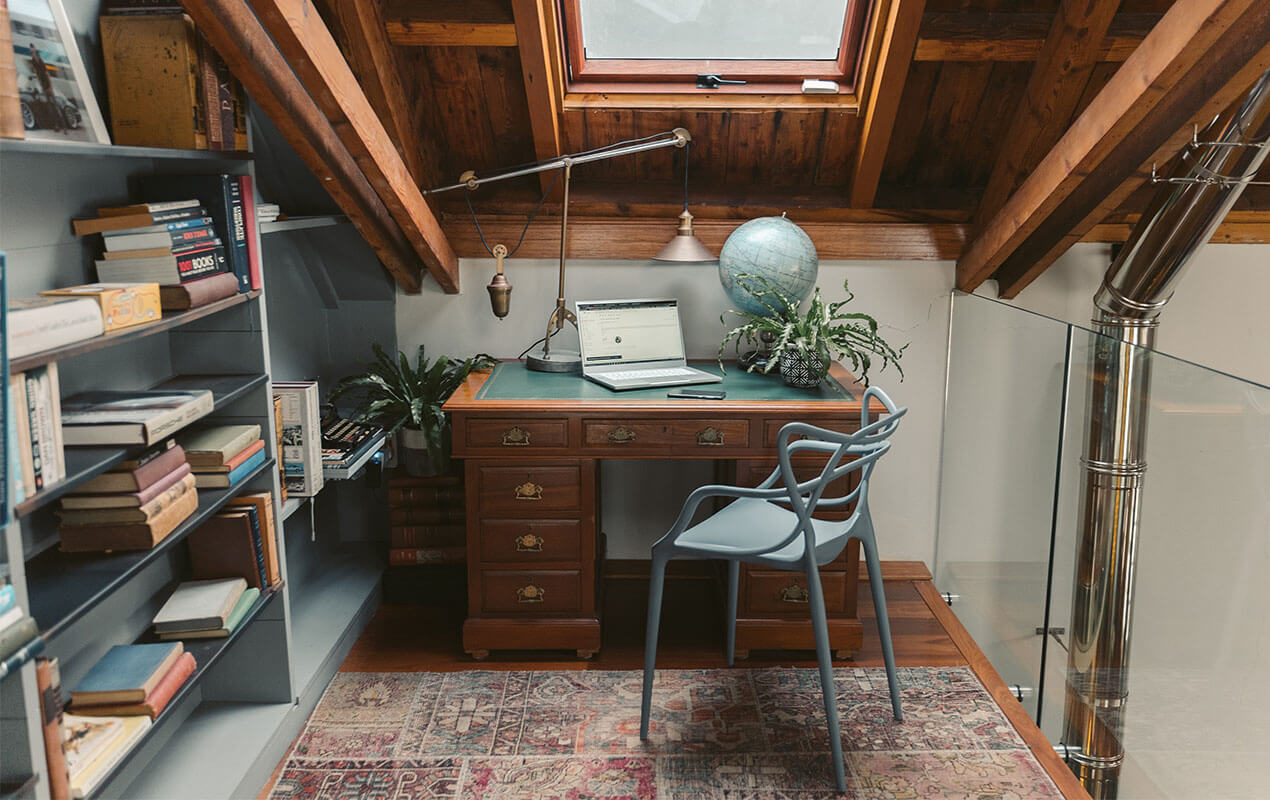
8. Consider Scale
While blending colors is easy, matching furniture pieces of different sizes can be complex. Always consider the size of tables, chairs, closets, and other furniture in relation to each other. Since some pieces will be naturally bulky and others minimalist and small, try to group items of the same scale. Putting a high coffee table in front of a low-seating sofa looks awkward. Sticking to the same size creates cohesion and harmony inside your home.
9. Interior Design Styles: Create Balance
It’s common for partners to have opposing interior design styles and tastes. If you prefer dark wooden colors while your significant other enjoys bright neons, find a middle ground by striving for balance. Simply work to incorporate both preferences in the main rooms through wall color, floor texture, furniture pieces, and colorful accents. This way, you build a home in which you both genuinely feel safe and comfortable.
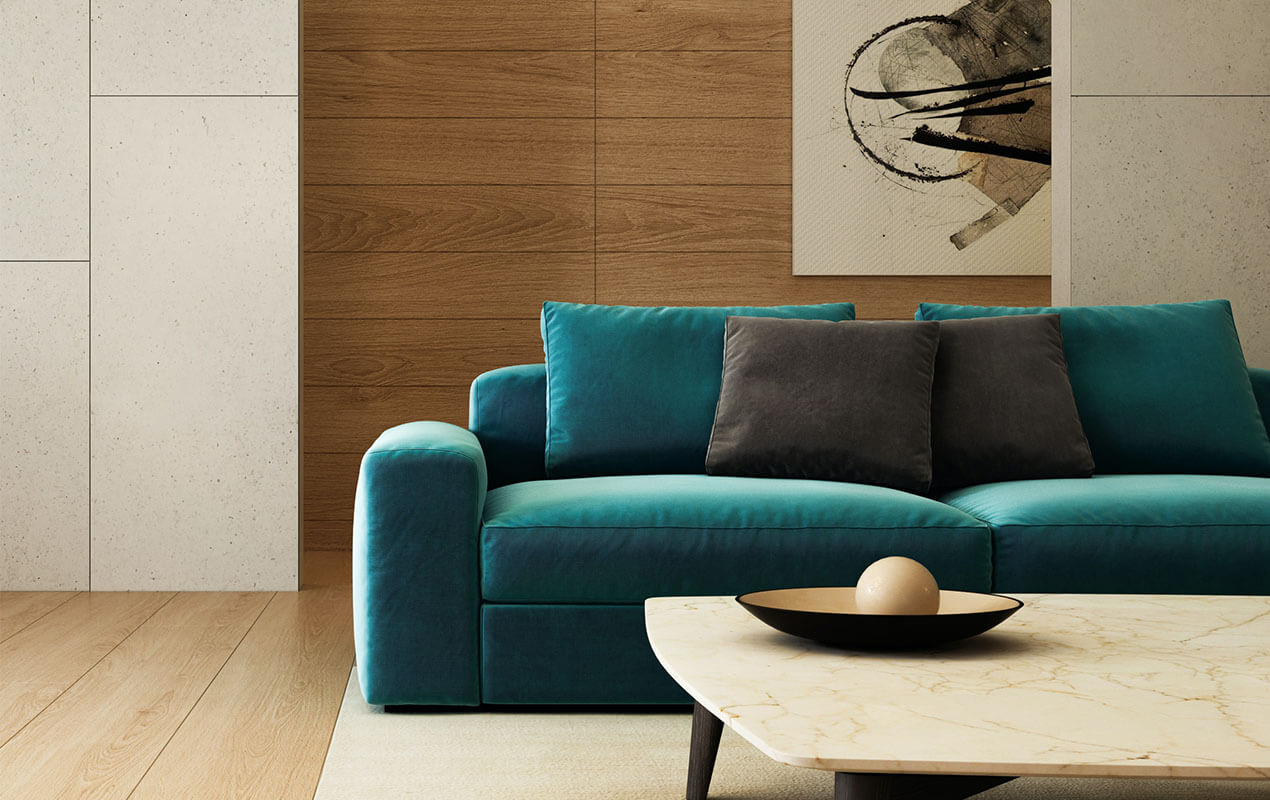
Insight – Consider the Decades: When combining different interior design styles, make your way through the styles that define the different decades. Thinking in eras rather than binary styles might make combinations easier.
Read More: The Essential Guide to Interior Design History by Decade
The Takeaway
Blending interior design styles in a new home can be both exciting and challenging. While you may think that you have to get rid of pieces that don’t match, there are ways to mix them cohesively. To help tie different styles together, add beautiful decór to each room, and soon, you’ll have well-designed spaces where no single style stands out, but every piece coexists in perfect harmony.

